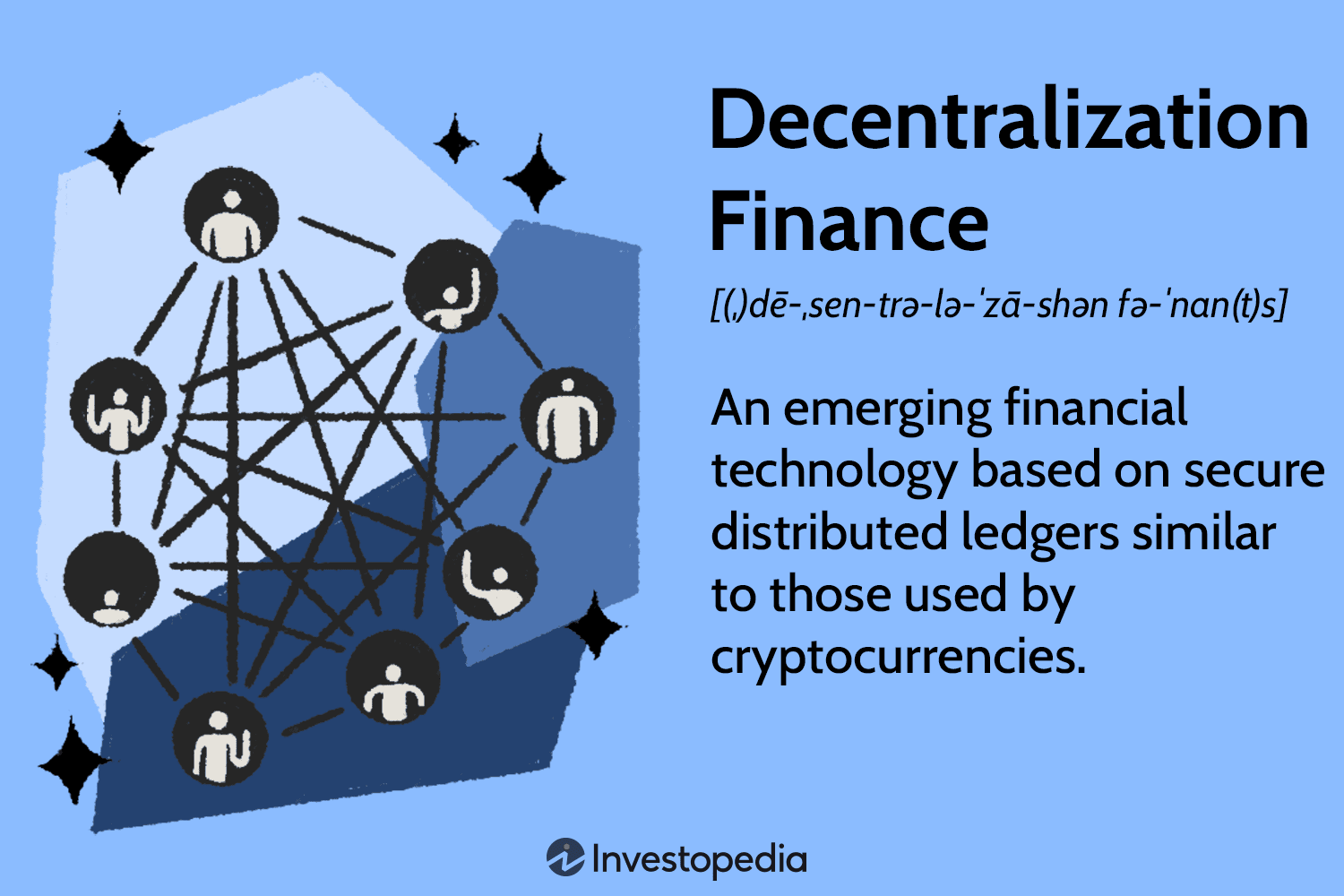Decentralized Finance, commonly referred to as DeFi, represents a revolutionary shift in the way financial systems operate. Emerging primarily on blockchain platforms, particularly Ethereum, DeFi aims to recreate and improve traditional financial services in a decentralized manner, removing intermediaries and increasing accessibility. This article explores the fundamentals of DeFi, its key components, advantages, challenges, and future prospects.
What is Decentralized Finance (DeFi)?
Decentralized Finance encompasses a range of financial applications and services that leverage blockchain technology to eliminate intermediaries like banks and brokers. By using smart contracts—self-executing contracts with the terms of the agreement directly written into code—DeFi platforms enable users to engage in various financial activities, including lending, borrowing, trading, and investing, in a trustless and transparent manner.
3 Key Components of DeFi
1. Smart Contracts
At the heart of DeFi are smart contracts, which automate transactions and enforce agreements without the need for intermediaries. These contracts run on blockchain networks and execute automatically when predefined conditions are met. This automation reduces the risk of human error and increases efficiency.
2. Decentralized Applications (dApps)
DeFi operates through decentralized applications (dApps) that provide various financial services. These applications are built on blockchain networks and are accessible to anyone with an internet connection. Common categories of DeFi dApps include:
- Lending and Borrowing Platforms: Users can lend their cryptocurrency to others in exchange for interest or borrow assets by providing collateral. Platforms like Aave and Compound are examples of lending protocols that facilitate these transactions.
- Decentralized Exchanges (DEXs): DEXs allow users to trade cryptocurrencies directly with one another without the need for a centralized exchange. Platforms like Uniswap and SushiSwap utilize automated market-making (AMM) to facilitate trades.
- Yield Farming and Liquidity Mining: Users can earn rewards by providing liquidity to DeFi protocols. Yield farming involves staking or lending assets to earn interest or tokens, while liquidity mining incentivizes users to add liquidity to DEXs.
- Stablecoins: Stablecoins are cryptocurrencies pegged to traditional assets, such as the US dollar, to minimize volatility. They play a crucial role in DeFi, providing a stable medium of exchange and a store of value.
3. Governance Tokens
Many DeFi platforms issue governance tokens that grant holders the right to participate in decision-making processes. These tokens allow users to vote on protocol upgrades, fee structures, and other governance matters, fostering a community-driven approach to development.
Advantages of DeFi
- Accessibility: DeFi platforms are open to anyone with an internet connection, enabling individuals who may not have access to traditional banking services to participate in the financial ecosystem. This inclusivity can empower unbanked populations and promote financial literacy.
- Transparency: All transactions on DeFi platforms are recorded on public blockchains, providing a transparent view of financial activities. This transparency fosters trust among users, as they can independently verify transactions and contract conditions.
- Control Over Assets: In the DeFi ecosystem, users maintain control over their assets. Unlike traditional finance, where intermediaries hold custody of funds, DeFi allows individuals to manage their private keys and retain ownership of their cryptocurrency.
- Lower Costs: By eliminating intermediaries, DeFi can reduce transaction costs and fees associated with traditional financial services. This cost-effectiveness is particularly beneficial for cross-border transactions and remittances.
- Innovation and Flexibility: DeFi is a rapidly evolving space characterized by constant innovation. New protocols and applications are frequently developed, allowing users to access a diverse range of financial services. This flexibility empowers users to tailor their financial strategies to their needs.
Final Words
Decentralized Finance represents a paradigm shift in the financial landscape, offering innovative solutions that challenge traditional systems. By leveraging blockchain technology and smart contracts, DeFi empowers individuals with greater control, transparency, and accessibility in their financial activities. While challenges remain, ongoing innovation and increased adoption suggest that DeFi will play a significant role in shaping the future of finance. As the ecosystem continues to develop, it has the potential to democratize financial services and create a more inclusive and efficient financial system for everyone.



